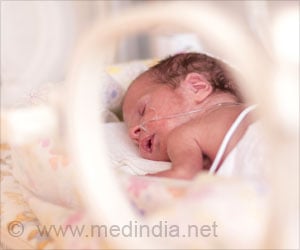Researchers explored the possibilities of eye tracking (ET) to assess receptive language especially in children with significant motor delays, reveals a new study.
Receptive language (RL) in typically developing (TD) children and those with neurodevelopmental delay (NDD), can possibly be assessed with eye tracking (ET). The findings of this study will be presented at the Pediatric Academic Societies (PAS) 2018 Meeting to be held in Toronto.//
NDD assessment in children with significant motor delays (e.g., cerebral palsy), which is often associated with apraxia, is difficult. ET is a noninvasive tool that records where someone is looking and how they move their gaze, from which researchers can make inferences about cognition. However, there is limited data on its potential use in children with NDD.
TOP INSIGHT
Eye tracking (ET) could now be used to measure receptive vocabulary in children with motor delays, according to a new study.
In conducting the study, a Tobii Pro X3-120 eye tracker was used with Tobii studio software to present stimuli and collect data on recruited patients, aged 18 months to six years. Participants first completed calibration to measure participant-specific gaze data. Participants were then presented with a stimulus of a target image alongside a distracter, accompanied by audio instructions to direct their gaze at the target. Stimuli were derived from standardized developmental assessments. Word comprehension was measured as accuracy and fixation proportion.
The study found that ET is feasible in young TD pediatric patients and those with marked ELDs. Word comprehension as measured by accuracy significantly increases as a function for normal development. Accuracy in children with expressive language delay (ELD) is significantly lower compared to TD children of the same age, suggesting a more diffuse cognitive impairment.
"The goal of the study was to evaluate eye tracking as a tool for measuring receptive language ability in pediatric patients," said Dr. Mary Vernov, one of the authors of the study. "Findings show that eye tracking can be explored as a modality for assessing receptive language in children. This has important implications for evaluating children with developmental delays and may be used as an alternative form of communication in those with expressive language delays."
Source-Eurekalert

 MEDINDIA
MEDINDIA




 Email
Email









